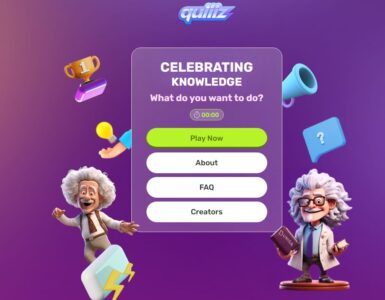If you are a prospective foreign language learner, in most cases, you are unaware of where to start and which website to use for your online language course. As a prospective learner, you may get frustrated trying to get a place for your linguistic quest. An online language course comprises lessons, modules, or tests—some framework beginners and language learning vets must use to weave them into context with other language learning resources. There are many more sorts of online language classes, ranging from games and questionnaires to one-on-one tuition. This article discusses the top best online language courses that are prevalent today.
-
Babbel
For language students who wish to speak Spanish, Norwegian, or 11 other languages, Babbel is an excellent choice for them. This website offers a fun and game-like framework accessible on your smartphones and access to a learning community, contributing to socializing your journey. However, you will need an abonnement to start further courses, even if you have access to the first lesson in each language. Babbel offers two different plans. First, you can access all the classes with the app subscription. Second, the “Babbel live” membership provides an additional incentive for the participation of language teachers in virtual live lessons.
-
Mondly
Mondly is a modified app that uses essential photos to aid the learning of vocabulary. And teach the primary language. Through this app, which is gamified, Mondly uses simple photographs to teach primary language. You’ll conduct easy translations by swiping, dragging-and-dropping, and using word banks in various activities. Grammar suggestions and conversation practice are also included. Text messages are used to represent conversations. One of the benefits of Mondly is that you may study a few languages, including more difficult-to-find languages like Bengali, Magyar, and Catalan. You may also select to study in one of several languages. You might learn Italian through Hebrew, French through English, or Bulgarian through Vietnamese, for example.
-
LanguagePod101
This is podcast-based learning. It offers various programs for different languages such as; Spanish, French, German, Chinese, and much more. They offer free and premium membership models with loads of material available, including several sorts of courses (usually based on themes), podcasts, and a fun flashcard function that incorporates vocabulary terms from their sites’ media. Despite the name, many of the resources on the site are visual. Also, many are accompanied by a lesson, some grammar points, transcripts, flashcards, and other materials.
-
Mango languages
Mango Languages has a game-like design and the potential to speak phrases within a couple of weeks. The approach mainly integrates increased reality in your instruction, which is essentially a livelihood for your learning experience. Moreover, it also contains cultural knowledge about the language you learn and may be applied to organizations and classrooms on a bigger scale. Finally, a specific examination system monitors your progress and provides you with a more tailored training method.
-
Dual lingo
Conceived as more a game than a course, Duolingo is an excellent method to compress your lunch breaks. Duolingo concentrates on intuitive language acquisition. This app allows you to connect to friends via Facebook, allowing some social incentives to your learning. This tool allows you to compete to see who can keep a streak going the longest, who can finish a lesson faster, and other fun ways to keep each other motivated. You’ve been warned: distant cousins and passive-aggressive coworkers may make things oddly competitive. In addition, Duolingo teaches 38 languages, including Navajo and High Valerian, which you won’t find in any of the other programs on this list.




























